Shanghai, China
+86-17317656853
inquiry@cgprotection.com


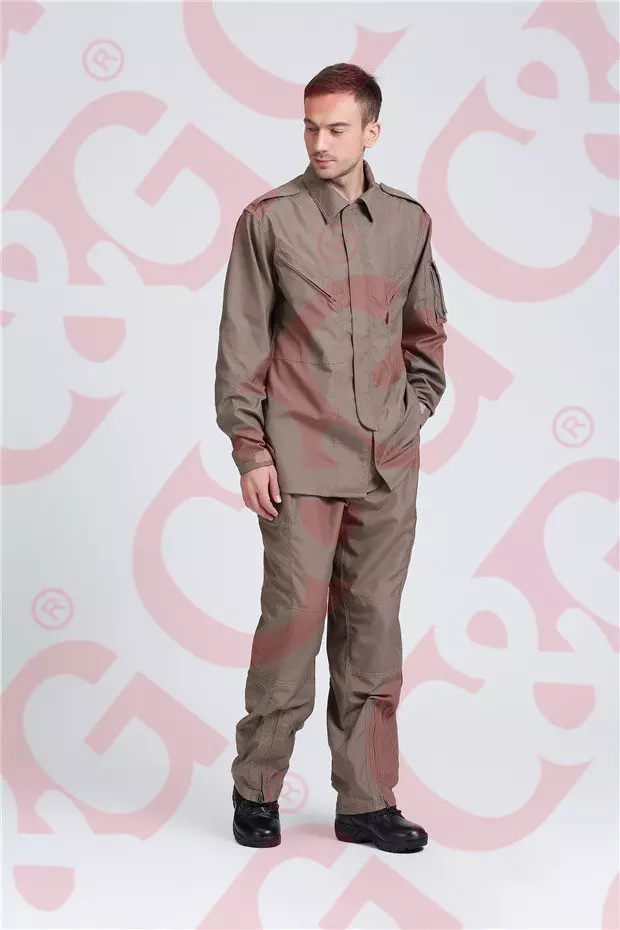
The United States and the European Union have a standard system for chemical protective clothing. EPA of the United States Environmental Protection Agency will be classified according to the degree of protection of chemical protective clothing 4 kinds

It can be considered that since many products are imported from the United States, the classification of chemical protection suits used in China is also based on the rating of the EPA of the United States Environmental Protection Agency. The grading of 4 also follows the classification of protective clothing by NFPA. Specific reference to NFPA_1991-2005_ hazardous chemical accidents with vapor protective suit this standard, NFPA1991 standard on the protective equipment is divided into four as above. The company is located in:
According to the classification, all levels of chemical protective clothing / protective clothing has the following characteristics.
Class A protective suit complies with NFPAl99l requirements. It is generally accepted that such chemical resistant suits withstand the threat posed to humans by almost all types of hazardous chemicals (including gaseous, liquid and solid) or other dangerous substances encountered in conventional industrial production. Therefore, Class A gas-tight chemical protective clothing in the international arena is generally considered the most protective protective clothing. Such protective clothing with built-in or external positive pressure self-contained breathing apparatus or long tube respirator, the garment is completely closed, in order to be able to effectively prevent the intrusion of toxic and harmful gases, so the garment must be in accordance with the provisions of ASTM F 1052 strictly The airtight performance testing.
The package also includes a hard hat and double protective gloves (Gloves also covered with a special layer of anti-chemical gloves), anti-chemical boots, anti-pollution screen and dual-use radio communications facilities. Such protective clothing is mainly used in the environment where the chemical substances are difficult to determine the composition and concentration of the occasion, or known to these substances may pose an immediate threat to life and health of the occasion, such as access to the environment may have a high concentration of Hazardous vapors, gases, solid particles or liquids that may cause serious respiratory, eye or skin damage. Protective clothing components of clothing materials must be tested after a certain number of bending and friction experiments using a series of anti-penetration chemicals required to test the test within 60min, the chemical penetration of tested clothing should not exceed the maximum 0.1? G / Cm2 · min. These include acetone, acetonitrile, anhydrous ammonia (gas), 1,3-butadiene, carbon disulfide, chlorine, dichloromethane, diethylamine, dimethylformamide, ethyl acetate, ethylene oxide gas , N-hexane, hydrogen chloride gas, methanol, methyl chloride gas, nitrobenzene, sodium hydroxide, sulfuric acid, tetrachlorethylene, tetrahydrofuran, toluene.
Applicable occasions: The composition and concentration of chemical substances in the polluted environment are not sure. The environment with high concentration of steam, gas and dust is found. It may pose a great threat to the respiratory system, skin and eyes. It may be accidentally splashed, immersed or Exposure to steam, gas and dust, poor ventilation in the work environment requires Class A protection.
Class B protective clothing meets the requirements of NFPA 1992. The main body includes conjoining or split protective clothing. It also includes a hood with a hard cap, a chemical resistant screen, chemical resistant gloves with inner and outer layers, anti-chemical boots, Pressure self-contained breathing apparatus or long tube respirator, dual-use radio communications facilities. Its protective ability protects the respiratory system to a level A and its skin and eye protection level is lower than that of the A level, preventing the penetration of liquid chemicals but not the vapor or gas permeation of toxic chemicals. IDLH, the abbreviation for Immediately dangerous for life and health, is a National Institute for Occupational Safety and Health definition of exposure to airborne contaminants. Environment (inhalation only) Does not cause serious skin damage or Conforms to make the case of filter; The contact nature and concentration of known substances require high respiratory protection, low skin protection, the oxygen concentration is less than 19.5%; The instrument can not completely detect the steam or gas, but harmless to the skin or not Gas absorbed through the skin. Class B protection prevents any liquid from entering protective clothing, but gas and moisture can penetrate. Protective clothing must be resistant to chemicals and their mixtures. The various parts of clothing and connecting parts should meet the appropriate protection requirements.
Provides a self-contained breathing apparatus (SCBA) or gas line, chemical and splash resistant clothing; inner and outer chemical resistant gloves; chemistry; hard hat.
Application: It is mainly used in places where the composition and concentration of chemical substances that pollute the environment do not need a high level of skin protection. For example, it is known that the gas chemicals in the environment are not harmful to the skin or not absorbed through the skin, and only cause respiratory diseases Injury occasions. The chemical composition of the pollution of the environment, the concentration does not require a high degree of skin protection; only to the liquid rather than steam occasions.
Another class B protective clothing is divided into two types of conjoined and split. Breathing can take advantage of carrying oxygen bottles, you can also use compressed air ducts. Thus suitable for long time operation.
Use A, B-class protective clothing to be trained. Suitable for military use, not suitable for use.
The skin protection level and B equal, but less than the B-level protection of the respiratory system, in line with NFPA1993 requirements, to prevent the toxic liquid spray on the human body has a detrimental effect, but can not prevent toxic chemicals vapor or gas . Protective clothing must be resistant to chemicals and their mixtures. The concentrations of toxic chemicals in airborne environments must be lower than the IDLH (Immediate Dangerous Life and Health) criteria. Includes: Full face mask air respirator; filter respirator with canister, gloves and boots against toxic chemicals, dual purpose communications systems, helmets, chemical protective clothing; inner and outer chemical protective gloves; chemical protection Boots; hard hat.
Applications:
Where the composition and concentration of chemical substances that pollute the environment have no effect on the skin: where the composition and concentration of toxic substances in the air from sources of pollution have been determined; and where all the characteristics of toxic substances in the polluting environment have been determined. The type and concentration of pollutants in the air are known, the filter can be effectively filtered; oxygen is not less than 19.5%; below the IDLH gas environment.
The lowest skin protection does not protect the respiratory system. Protective clothing including: jumpsuit; safety boots / shoes, goggles or splash-proof goggles. Optional accessories: gloves, breathing apparatus for resuscitation, protective masks; chemical protective gloves; chemical protective boots; safety glasses or goggles;
Applications:
There are no known harmful gases in the atmosphere; there is no possibility of splashing, immersing in liquids or exposing to any hazardous chemicals during work. It is known that there is no obvious danger in the air polluting the environment. Do not wear on occasions that are dangerous to the respiratory tract and skin. This level of protective clothing can not be used in hot environments. The oxygen content of the operating environment can not be less than 19.5%. Not suitable for use in emergency situations.
Tags:
Shanghai C&G's personal protective clothing and PPE products are trusted by customers in the world. Our products are exported worldwide, with a strong presence in the United States, China, Japan, Germany, the United Kingdom, India, France, Italy, Brazil, and Canada. In addition, we have a significant customer base in other countries across each continent, including Australia, New Zealand, South Africa, Nigeria, and Egypt in Africa; Argentina, Chile, and Mexico in South America; Russia, South Korea, and Indonesia in Asia; Spain, Poland, and Turkey in Europe; and Saudi Arabia and the United Arab Emirates in the Middle East. Wherever you are in the world, we have the products you need to stay safe and protected. Contact us today to learn more about our products and how we can help you meet your safety needs.
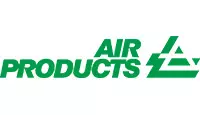
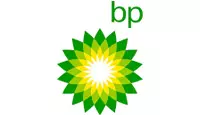
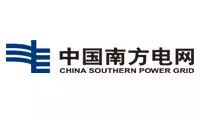

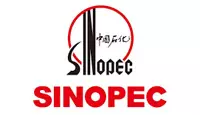
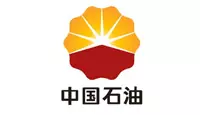

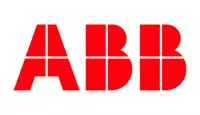


© 2023 Shanghai C&G. All Rights Reserved.